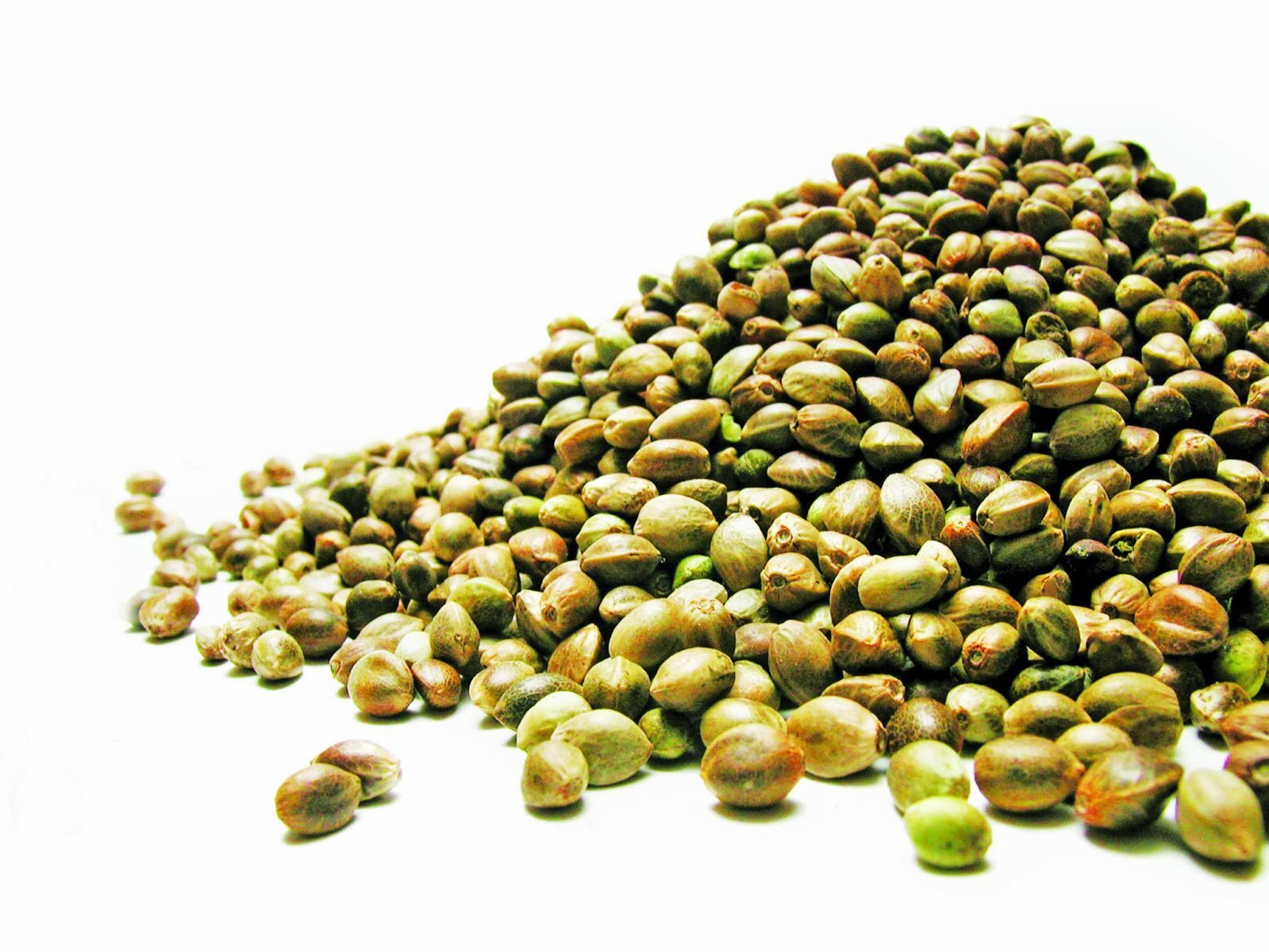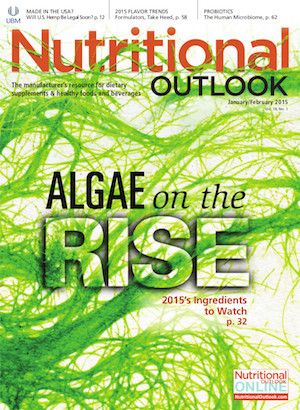The Utility of Hemp Seeds
Small as they are, hemp seeds are full of opportunity.

Hemp (Cannabis sativa L.) is known for its flat, weed-like leaves, but the tiny seeds that birth each plant are worth just as much interest. A sizeable market already exists for hemp seeds and, with U.S. regulations starting to relax on hemp, the market can only get bigger-right?
For manufacturers eager to exploit the nutty taste and nutrition of hemp seeds, oil extraction has provided a popular dietary supplement–based route. But for consumers in need of a snack and not a supplement, hulled hemp seeds and toasted hemp seeds are two of the most edible options.
Hulled Hemp Seeds
Hulled, or shelled, hemp seeds are suitable for food products in which chewiness is desired over crunchiness. The removal of the seed’s fibrous shell doesn’t just soften the seed’s texture; it makes available the inner meat of the seed, sometimes called the “hemp heart.” This portion of the hemp seed is highest in essential fatty acids, protein, vitamins, and minerals.
Manufacturers can use hulled hemp seeds as garnishes, for mixing in dips and yogurts, and for blending in baked goods and nutrition bars. The ingredient can be sprinkled like parmesan cheese. One restaurant in Winnipeg, Canada, is even rumored to serve a hemp-encrusted walleye fish.
While hulling of hemp seeds unearths their softer and, in some cases, more nutritous insides, the process also does away with the pesky seed shells that would otherwise need to be sterilized before consumption. Since hulled hemp seeds don’t require heat sterilization, they can qualify as a raw food.
Toasted Hemp Seeds
With their shells still intact, toasted hemp seeds offer a much different hemp-eating experience than do hulled seeds. Toasted hemp seeds are crunchy by nature, thanks to their shells, and this makes these seeds quite high in dietary fiber.
For food safety concerns, hemp seeds with the shells still on should be sterilized before consumption. While such seeds cannot be considered raw, a toasting treatment can sterilize as well as provide flavor, and, fortunately, at least for some companies, the toasting process doesn’t damage the seed’s integrity.
“When we produce toasted hemp seed, we’re not degrading either the protein or the omega-3 or omega-6 fats,” says Shaun Crew, founder and CEO of hemp seed supplier Hemp Oil Canada (Ste. Agathe, MB, Canada).
Because of their particularly crunchy texture, toasted hemp seeds might have fewer applications than hulled hemp seeds, but inclusions in crunchy products or grinding these seeds in pepper mills can provide some unique food product opportunities.
Livestock Feed
Human consumers aren’t the only ones who can benefit from a diet rich in hemp seeds. It appears that when hens are fed hemp, the omega-3 contents of their eggs go up.
Writing in the journal Poultry Science in 2011, researchers at the University of Manitoba assigned 49 laying hens to a diet including hemp seed or hemp oil. Without affecting the number of eggs produced, the inclusion of either hemp seed or hemp oil in the diet significantly increased omega-3 fatty acid contents in eggs compared to a standard diet. While hemp is particularly rich in omega-3 alpha-linolenic acid (ALA), measurements of omega-3 eicosapentaenoic acid (EPA) and docosahexaenoic acid (DHA) also increased in eggs from hemp-fed hens, suggesting that ALA efficiently converted into these other important omega-3 fatty acids.
Whether addressing the needs of humans or animals, hemp provides some worthwhile opportunities.
Also read:
German Patents Method for Making Hemp Juice
U.S. Leads World in Hemp Food, Beauty Sales
Will FDA Grant Hemp GRAS, NDI Status If U.S. Hemp Growing Is Legalized?
Lawmakers Move to Legalize U.S. Industrial Hemp Industry
Photo © iStockphoto.com/Wolfgang Lienbacher


















